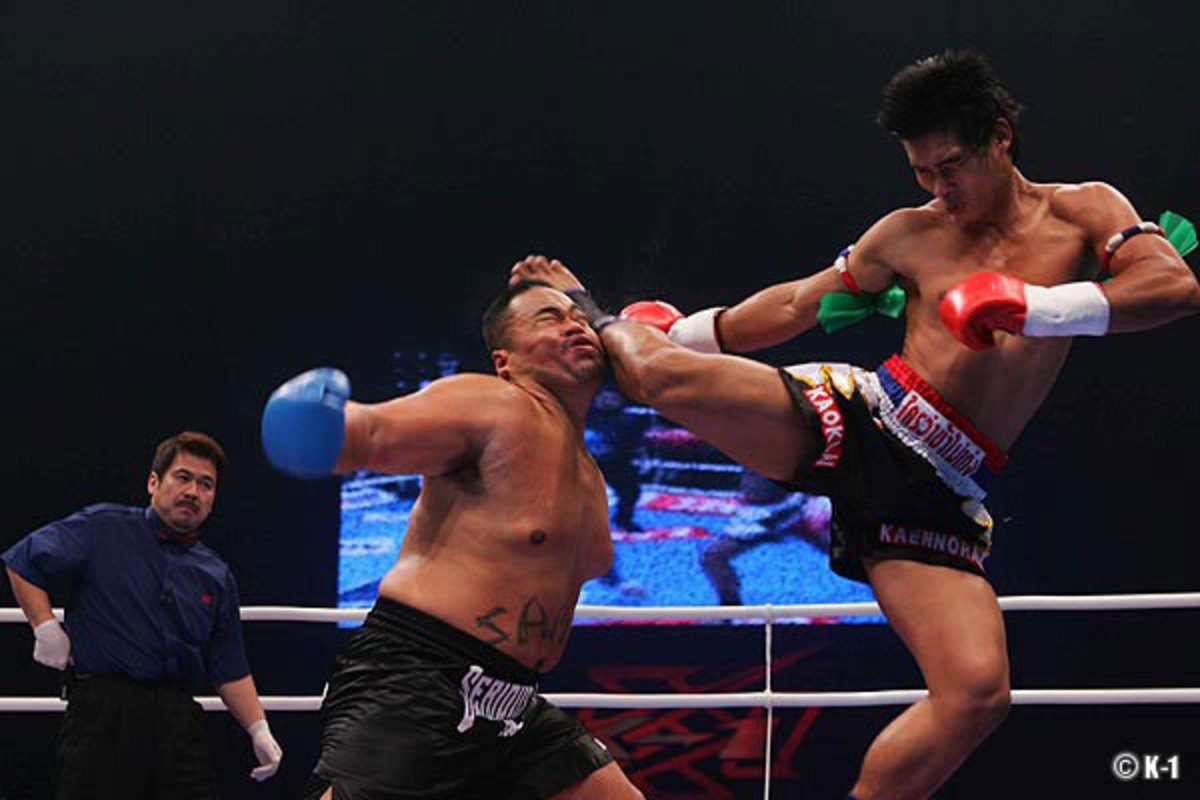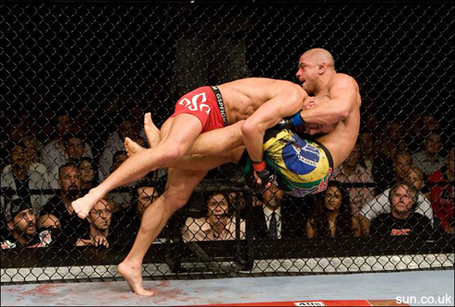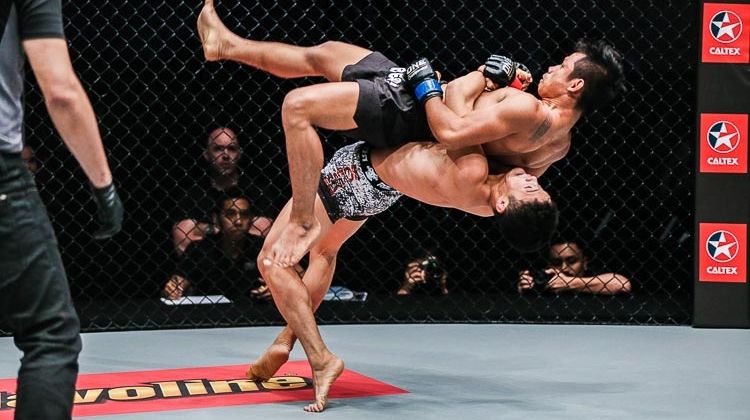Honestly expressing yourself- What does that mean in martial arts?
A while ago someone has shared this video on our Martial Arts Forums group page.
https://youtu.be/X2clpHtV1iA
I don't know how it is for people who have studied Jeet Kune Do at one of the Innosanto lineage schools, but having learnt my Jeet Kune Do from the book I got exposed to the underlying philosophies of Bruce Lee's way and have learnt a lot about Bruce Lee's views on martial arts and fighting.

It is therefore not surprising that I was immediately reminded of this paragraph:

This has made me think a lot back in the day. I am sure many of you will agree that a large part of your training at beginner level in Karate or Kung Fu got spent on learning the correct stances, the proper way to punch. The proper way to block, kick etc.
I am certain you can also remember what happened to it all the moment you found yourself in a real fight or a sparring match.
What I notice the most is the difference in feeling.
When there is no fear, panic or anger we can still manage to move looking like this:






Turn up the intensity, though, and we end up looking like this...



This is what sets Jeet Kune Do apart from any other style that I have learnt in my 26 years of martial arts studies. While other styles would seek to suppress, alter or even deny this side of ourselves- Jeet Kune Do outright accepts and embraces it.
My biggest obstacle in Karate was that I could not spar as well as my classmates because I was afraid. And the fear was what held me back from moving freely enough to fight, yes?
No- it was struggling against that fear that was impeding my movement.
One of the biggest advantages I got from Jeet Kune Do training was that it taught me to fight when I am afraid, when I am angry and whenever I have to even though I don't feel like it.
This is the reason why although I know kata like this-
I also have a part of my training where I actually move like this:
What I do in the second video- if you were wondering- is not a predetermined kata. It is a simulated fight against 4 imaginary opponents. Even though I am only imagining being attacked from all sides one can see a huge difference between how nicely movements are rounded off with the preset kata and how it looks when I am blocking, striking and kicking for dear life.
I will not say that the tranquil, rooted movements of kata have no place in training, though.
Sure- this panic training prepares you to move when you are under actual pressure, but- that alone only gets you fighting inefficiently.
A lot of tension and unnecessary movement may be part and parcel of your current emotional state, but it drains a lot of energy. It took me a long while to get behind the purpose of the structure and techniques of an internal art like Taijiquan. Karate's punch also does not seem like the type of punch you'd be throwing if you really wanted to hit someone, right?
Well- the polished technique you see in these forms can in fact be executed in a fight if you have mastered control of your emotions through the study of an internal art like qigong. These techniques require accuracy and timing which you will not have when you are panicking or in a blind rage.
Once you have mastered the emotional control part the result is an attack that happens when you need it to without any telegraphing.
Well- be honest to yourself. Can you do that yet?



Comments
Post a Comment